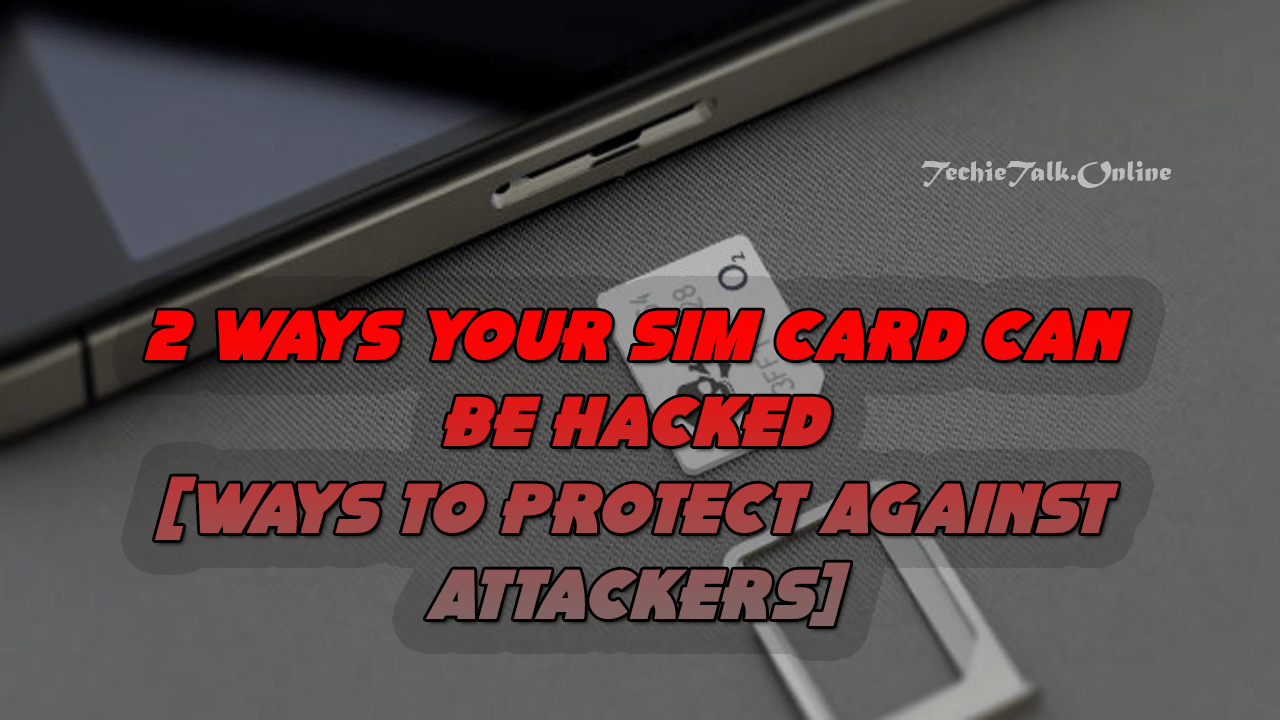
Wi-Fi Encryption
Wi-Fi Encryption requires a short discussion of its own. In such an environment, the clients and the access point share the same key, using symmetric encryption, and RC4 was mentioned for this purpose earlier in articles.
Since all the clients and the access point share the same key, this is known as a preshared key.
WEP (Wired Equivalent Privacy) encryption was an early attempt to add security, but it fell short because of weaknesses in the way the encryption algorithms are employed.
The Wi-Fi Protected Access (WPA) and Wi-Fi Protect Access 2 (WPA2) technologies were designed to address the core problems with WEP.
WPA couples the RC4 encryption algorithm with TKIP, whereas WPA2 favors Counter Mode with Cipher Block Chaining Message Authentication Code Protocol (CCMP). CCMP uses 128-bit AES.
NOTE: – The Security+, as well as other security-related tests, discusses the fact that WPA2 uses Counter Mode with Cipher Block Chaining but doesn’t discuss what Cipher Block Chaining is. It is actually simple, but effective.
As you encrypt text with any block cipher (including AES) if you encrypt the same block in different places in the message, it is likely to come out exactly the same in the ciphertext.
AES 128 uses a 128-bit block that is 16 characters. So if the same 16 characters appear more than once in your plaintext, they may come out exactly the same in the cipher text, giving attackers a clue that they can use.
The answer to this is to take the output of block i-1 and exclusively Or it with the plaintext of block I before encrypting it.
Basically the output of each block is combined with the plaintext of the next block before that next block is encrypted.
This guarantees that even if you have the same plaintext in various places in your text, it won’t come out the same in the ciphertext.



